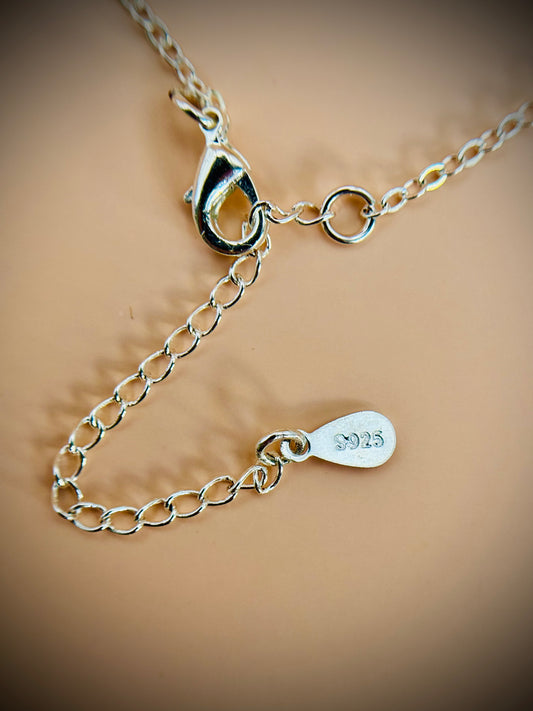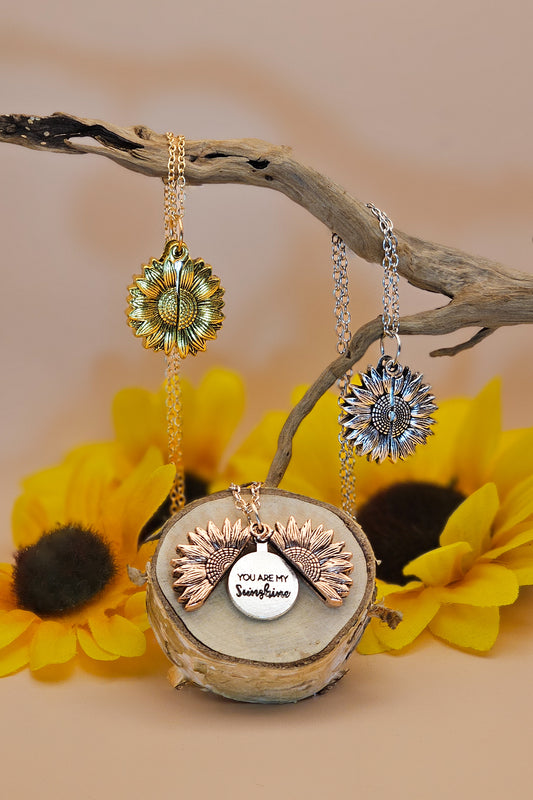Every honeybee hive has a queen. Only one queen at a time. She is the matriarch of the hive, the tireless and selfless bee-ing who lays up to 2,000 eggs every single day of her life in order to keep the population of worker bees–and a few drones–at a certain level for the wellbeing of the hive.
The way she controls her colony and communicates with her worker bees and her personal retinue, if she has one, is by way of her scent. Her pheromones speak her language, and her worker bees 'read' it. So as her scent weakens her bees know she is aging and growing weaker.
She also sets the pace of the entire beehive and the health and productivity of the hive, in the form of hive hygiene and cleanliness, dealing with mites and parasites, and overall health of the unified group.
When a queen must be replaced by a new queen, this process is called requeening the hive. It means to replace one queen with another, or to queen again.
If there is no current queen in residence at the hive, then you are not requeening. The requeening process refers to removing the current queen and replacing her with a new queen.
Requeening a hive is not a given, it can create problems within the hive that can have a detrimental effect on the entire hive. On the other hand, it can go over quite smoothly as well. There is no actual science on what to expect or how to ensure a smooth transition.
There are several reasons a queen may need to be removed and the hive requeened:
She may be old or not genetically strong or have stopped performing well as egg layer.
She may have biological problems that cause her to lay too many drone (unfertilized) eggs.
If a hive is disease or mite-infested, a brood break between queens can end the disease.
Rather than tell you how to requeen, we have chosen a 4:39-minute video by UNKNOW How-to Videos featuring ISU Extension Entomologist Randall Cass and Postdoctoral Research Assistant Ashley St. Clair, to demonstrate how to requeen a beehive:
There are three ways to requeen a hive:
-Buy a new queen from a bee supplier; it might be a bee selling pro, or it could be your beekeeping neighbor.
-Capture a new queen bee from the wild who shows tenacity and strong survival skills.
-Allow the bees in the hive to create new queen cells to grow their own new queen, known as supersedure.
Expert beekeepers are not all on the same page when it comes to the best time of year to requeen, but for the most part it is considered best to be done in the height of summer, or July, August, and September. That is when an abundance of nectar flows and honey is made as fast as busy bees can work. The weather can be an issue in some places, it can be too hot, or rainy, but in general it is the best time of year productivity-wise for bees.
Another big question is how often should a hive be requeened? While worker bees live only about six weeks in spring and summer, and longer in winter when they work less hard, queen bees live anywhere from two to five years. Queens wear themselves out and their most potent years are definitely years one and two. Many beekeepers believe a hive should be requeened once a year to improve the chances of having health bees for winter months, an overflow of honey, and a healthy, mite-free hive. Of course, none of this is guaranteed.
Requeening can be tricky. What if the new queen is not accepted by the hive? Then you may have a disaster on your hands. The only queen is gone or dead, and the new queen is rejected. Or the new queen is accepted by the worker bees, but she is not functioning well. Your hive may not make it into the winter because the eggs usually laid in August and September may not be laid. This would spell almost certain death to the hive. You would need to act fast and replace her as well.
From an emotional perspective, removing a queen who has been the heart of her hive and sentencing her to death can have an emotional effect on beekeepers. This is the reason some beekeepers don't do it. It is sadly a necessary part of the business of beekeeping and honey production, and can be kinder in the end than keeping an old, underperforming queen which can lead to the downfall of the entire hive. This is something each beekeeper must make their own decision about and act accordingly.








